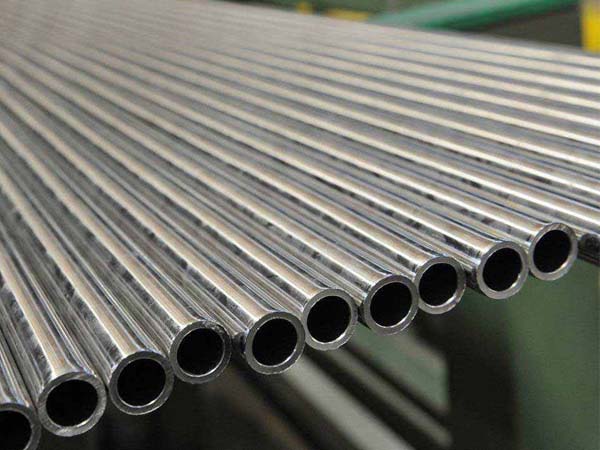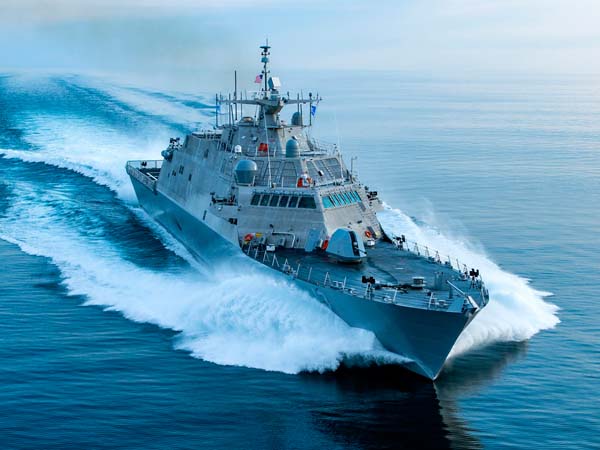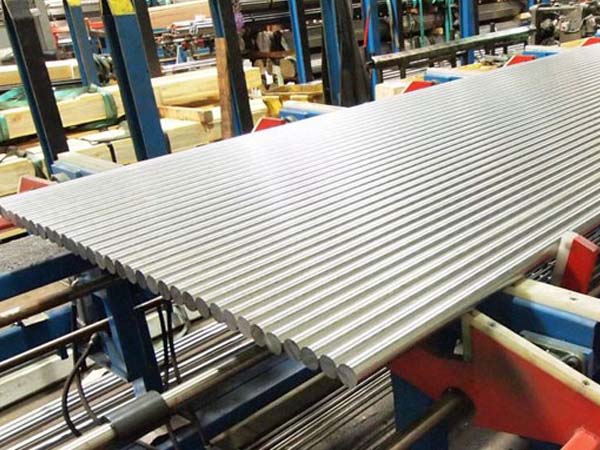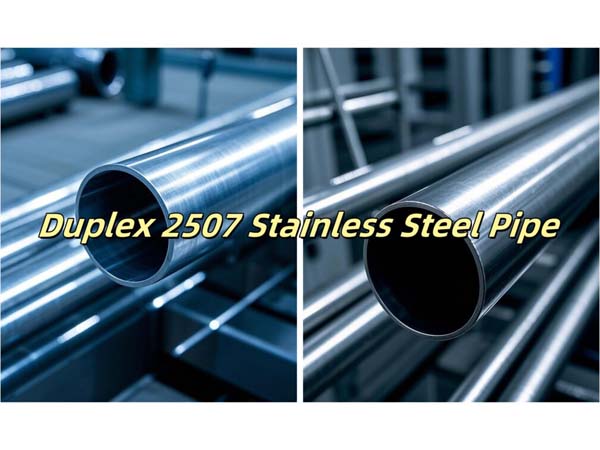





Phone
+86-731-82250427
Address
25th floor, C3 Building, Wanda Plaza, Kaifu District, Changsha, Hunan Province, China.
 Jul 15 2024
Jul 15 2024Stainless steel is a fundamental material in the aviation industry due to its unique properties that meet the stringent demands of modern aircraft. Its role in aircraft components is vital for ensuring safety, performance, and longevity. This article explores the multifaceted role of stainless steel in aircraft manufacturing, highlighting its strengths and innovative applications.
One of the primary reasons stainless steel is essential in aircraft components is its exceptional strength and durability. Aircraft operate under extreme conditions, including high pressures, mechanical stress, and varying temperatures. Stainless steel's high tensile strength allows it to withstand these harsh conditions without deforming or failing. This reliability is crucial for critical structural components such as landing gear, fasteners, and wing supports. Alloys like 304 stainless steel and 316 stainless steel are commonly used because of their balance of strength and corrosion resistance.
In addition to its strength, stainless steel offers superior corrosion resistance, crucial for maintaining the integrity and safety of aircraft. Constant exposure to high humidity, saltwater, and de-icing chemicals can cause severe corrosion, but the chromium content in stainless steel forms a protective oxide layer that prevents oxidation. This corrosion resistance is particularly important for parts exposed to the exterior of the aircraft, such as the fuselage and control surfaces. 316L stainless steel, with its higher molybdenum content, is often chosen for these applications due to its enhanced resistance to pitting and crevice corrosion.
Stainless steel's high-temperature performance is another key factor in its suitability for aircraft components. Jet engines and other propulsion systems generate extreme heat, requiring materials that can maintain their mechanical properties at elevated temperatures. 310 stainless steel and 321 stainless steel alloys perform well under these conditions, providing the necessary strength and stability for exhaust systems, turbine blades, and other engine components. This capability ensures that essential engine parts can endure high temperatures without losing integrity or efficiency.
While known for its strength, innovations in alloy compositions and manufacturing techniques have enabled the production of lightweight stainless steel components. The aviation industry constantly seeks to reduce the weight of aircraft to improve fuel efficiency and performance. Advanced metallurgy allows engineers to create stainless steel parts that offer the necessary strength without adding excessive weight. This balance of strength and lightness makes stainless steel an attractive option for a wide range of aircraft components, from structural frames to intricate mechanical parts.
Sustainability is an increasingly important consideration in aircraft manufacturing, and stainless steel contributes positively in this regard. Stainless steel is 100% recyclable, and its production often incorporates a significant proportion of recycled material. This reduces the environmental impact associated with manufacturing new aircraft components. Additionally, the long lifespan and durability of stainless steel parts mean fewer resources are needed for maintenance and replacements, further enhancing sustainability. By choosing stainless steel, the aviation industry can adopt more eco-friendly practices without compromising on performance or safety.
In summary, stainless steel plays a vital role in the aviation industry due to its unparalleled strength, corrosion resistance, high-temperature performance, and adaptability to lightweight innovations. Its use in aircraft components ensures the safety and reliability of modern aircraft while supporting sustainability and efficiency goals. As technological advancements continue, the role of stainless steel in aircraft manufacturing is set to expand, driving further innovations in aviation technology.
